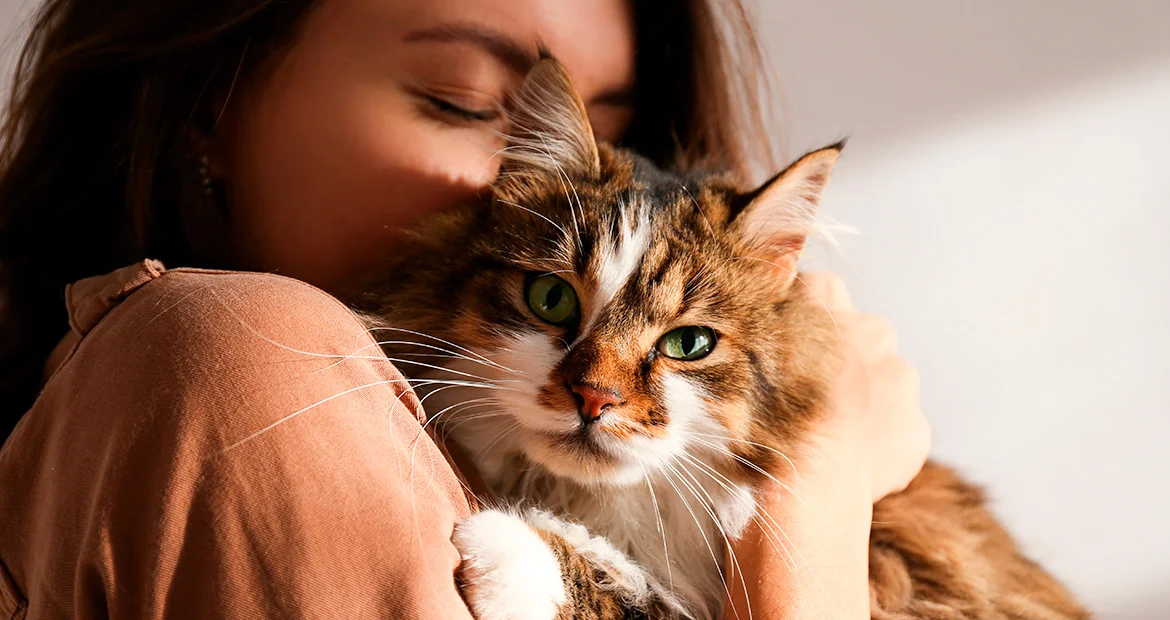Corn and legumes in pets’ food. Is it possible to produce dry food without carbs?

Dry commercial food contains not just meat and offal, vegetables, vitamins, and minerals, but also carbohydrates.
In dry commercial pet food, carbohydrates are used to give structure, texture, and shape to extruded pellets. In addition, the starch gelatinizes during the extrusion process, allowing for easy and fast digestion in the small intestines of dogs and cats.
It is not possible to compose dry commercial food with no carbs. Let's take a look at the research on how they are used.
In one study, dogs were given food containing 30 to 57% extruded corn, barley, rice, or oats. The starch from whole grains was almost 100% digested in the small intestines, and almost never got to the large intestines.¹
In cats feeding trials, cooked cornstarch was almost 100% absorbed when eating 4.7 g/1 kg body weight per day.

Most commercial cat foods contain approximately 30 to 35% carbs in dry matter. This amount provides approximately 5 to 8 grams of starch per kilogram of body weight per day; the dose should not cause digestive or metabolic problems in cats.¹
Starch contained in corn can be divided into digestible and resistant to digestion. Digestible starch is completely absorbed, reaching the end of the ileum, while the undigested fraction, called resistant starch (RS), is easily fermented by bacteria in the colon.²
In comparison, legumes (various types of beans and peas) with an average RS of 25% had an ileal starch digestibility of 21%, while cereals had an average of 15% RS. However, the RS fraction is fermented in the colon, which contributes to its functional properties as a fiber.1

Some pet owners are worried that corn can provoke allergic reactions.
Verlinden and others gathered data from seven studies and came to the conclusion that the majority of food allergies were caused by animal protein (36% were related to beef, 28% — to dairy, 10% — to eggs, 9.6% — to chicken, 4% — to pork, 1% — to rabbit meat and 1% to fish), while 15% were caused by wheat. Corn is not on the list.²
Also, maize gluten (corn gluten meal) is used as a concentrated low ash protein source. In an experiment, cats that were given corn gluten meal had more acidic urine pH (6.08) and fewer struvite phosphate bladder stones.
It is worth noting that this protein source may require the addition of arginine.²
Among other things, foods also contain legumes (beans, peas, etc.), which are the source of both vegetable protein and starch.


There was a study on the digestibility of amino acids from legumes. Let me cite a small paragraph from the article:
Based on macronutrient composition, protein quality, and amino acid digestibility, it can be concluded that pulse ingredients have the required nutritional characteristics to be viable protein sources in canine and feline foods. However, the use of complementary protein sources is recommended to counterbalance any potential limiting amino acids in pulse ingredients…³
As we can see, the presence of corn, beans and other types of grains and legumes in foods can be driven not just by technological and economic factors, but also by functionality and use. But, before adding any ingredient to their food, any reputable company studies the standards, needs, safety and digestibility.
Written by Anna Suaro, Veterinary Nutritionist
https://veterinardietolog.ru/obrazovaniie
https://www.instagram.com/vet_dietolog/
—————————————————
[1] – Small clinic animal nutrition study
[2] - A review: nutrition and process attributes of corn in pet foods (Isabella Corsato Alvarenga, Amanda N. Dainton, Charles G. Aldrich), 2021
[3] - Macronutrient composition, true metabolizable energy and amino acid digestibility, and indispensable amino acid scoring of pulse ingredients for use in canine and feline diets (Lauren M Reilly, Patrick C von Schaumburg, Jolene M Hoke, Gary M Davenport, Pamela L Utterback, Carl M Parsons, and Maria R C de Godoy), 2020



